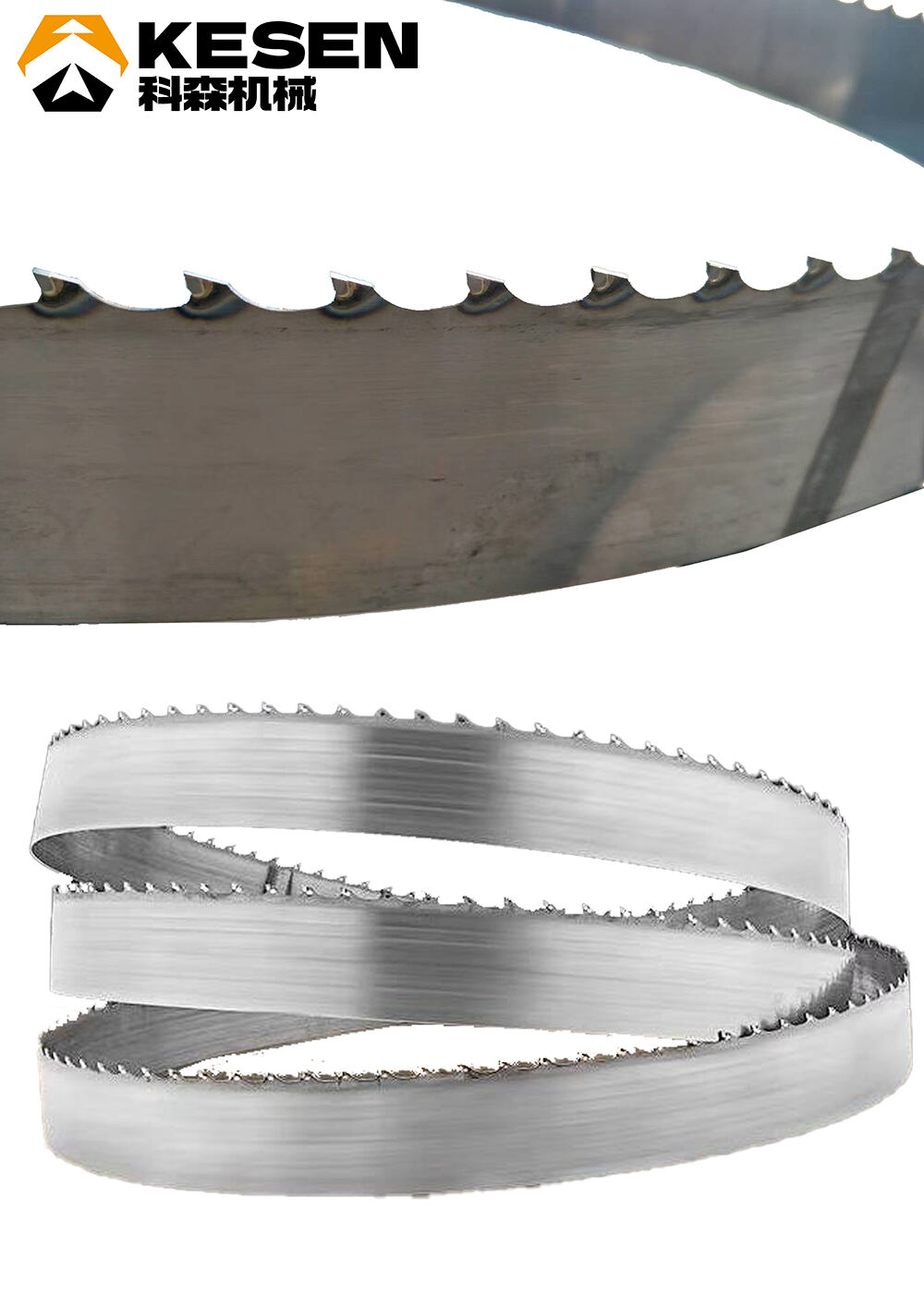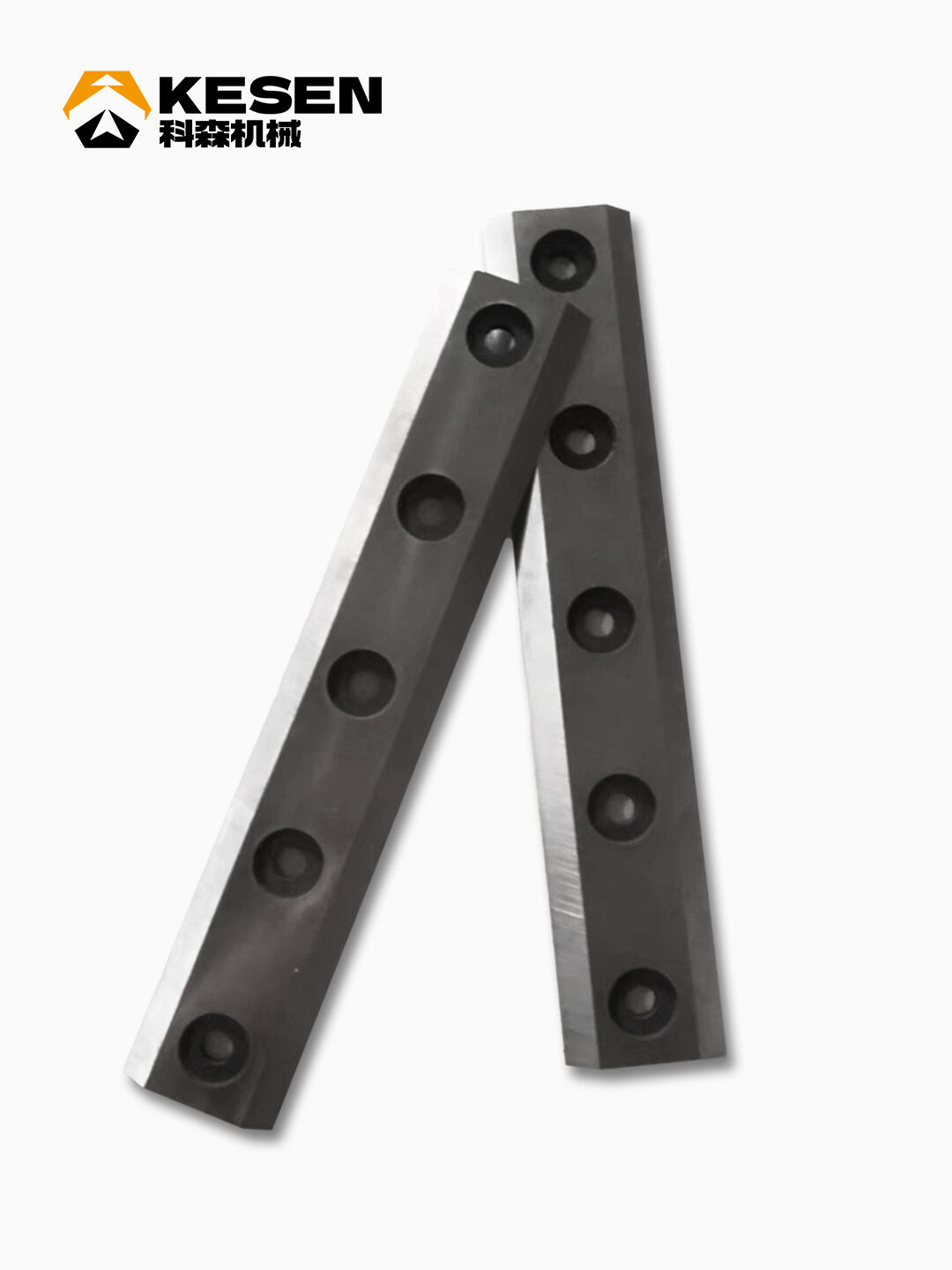How to Choose the Right Woodworking Machinery: Trends, Buying Guide, and Common Issues
Introduction
Woodworking machinery plays a crucial role in various industries, from construction and furniture manufacturing to landscaping and forestry management. As demand for efficient and durable machines increases, it is essential for buyers to carefully evaluate their options when choosing the right equipment. In this article, we will explore the latest trends in the woodworking machinery industry, provide a comprehensive buying guide, and address common issues faced during machine operation.
1. Industry Trends in Woodworking Machinery
The woodworking machinery industry has seen significant advancements in recent years. Key trends include the growing emphasis on eco-friendly technologies, the rise of automation, and the demand for high-efficiency and energy-saving machines.
With sustainability becoming a global priority, many manufacturers are integrating environmentally friendly features into their equipment. Machines designed to minimize energy consumption and reduce emissions are becoming increasingly popular. Furthermore, the adoption of automation and smart technology is transforming the industry, allowing for greater precision, faster production times, and lower labor costs. Whether in furniture manufacturing or forestry, companies are seeking equipment that balances efficiency and sustainability.
Key Takeaways:
Environmentally conscious machinery is on the rise.
Automation is becoming a standard in modern woodworking.
The focus is on high efficiency and reducing energy consumption.
2. How to Choose the Right Woodworking Machinery
Selecting the right woodworking machinery depends on several important factors. Buyers should consider the following key aspects to ensure they make an informed decision:
a. Machine Power and Performance:
The machine's power should align with your production needs. For example, industrial-scale operations may require heavy-duty machinery with high horsepower, while smaller businesses may prioritize flexibility and space-saving designs.
b. Intended Use:
Different machines serve different purposes. For instance, a band saw may be essential for precise cutting, while a wood chipper might be necessary for forestry work. Understanding your specific needs will help you choose the right equipment.
c. Reliability and Durability:
Investing in reliable and durable machinery will save you time and money in the long run. Reputable brands with positive customer reviews and strong after-sales support are often a safer choice.
d. After-Sales Support and Maintenance:
It is crucial to consider the availability of spare parts and maintenance services. A machine is only as good as the support that comes with it. Ensure the supplier provides comprehensive after-sales service, including technical support and timely maintenance.
e. Budget and Long-Term Value:
While upfront costs are important, buyers should also consider the long-term value of the equipment. A slightly higher initial investment may result in better performance, less downtime, and lower operational costs over time.
3. Common Issues and Solutions in Woodworking Machinery
Even the best woodworking machinery may encounter problems over time. Here are a few common issues and how to address them:
a. Blade Wear in Band Saws:
One of the most common issues in band saws is rapid blade wear. To extend the lifespan of your blades, ensure they are properly tensioned and regularly inspected. Lubricating the machine and cleaning the blades after use will also help prevent wear.

b. Reduced Efficiency in Wood Chippers:
If a wood chipper's efficiency starts to decline, it may be due to dull blades or blockages. Regularly sharpening the blades and checking for debris can significantly improve performance. Additionally, following the manufacturer’s guidelines for feeding materials into the chipper will reduce strain on the machine.

c. Overheating Issues:
Woodworking machines, especially those used in continuous operations, can sometimes overheat. This is often caused by insufficient cooling or poor ventilation in the working area. Ensure that the machine is placed in a well-ventilated space and consider taking breaks during long usage sessions to allow the equipment to cool down.
4. Conclusion
Choosing the right woodworking machinery is crucial to improving your production efficiency and ensuring the longevity of your investment. With advancements in technology, modern machines offer higher precision, reduced environmental impact, and enhanced productivity. By considering factors such as power, intended use, and after-sales support, you can select the perfect equipment for your specific needs.
At Shandong Kesen, we offer a wide range of high-performance woodworking machinery tailored to meet your requirements. Whether you are in construction, forestry, or furniture manufacturing, our machines are designed to boost your productivity while ensuring ease of operation and reliability. Visit our website to explore our products or contact us to get expert advice on the best machinery for your business.
 Hot News
Hot News2024-12-26
2024-12-18
2024-10-11
2024-09-18
2024-09-09
2024-07-25